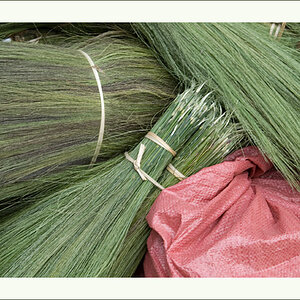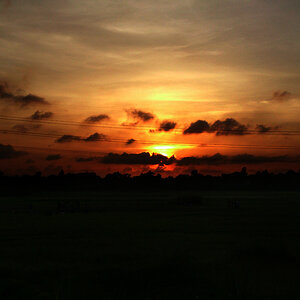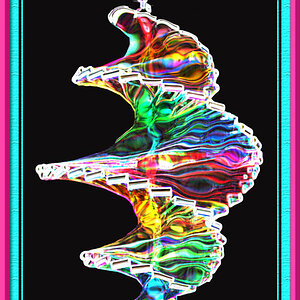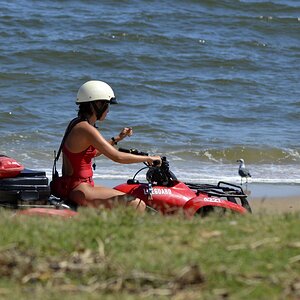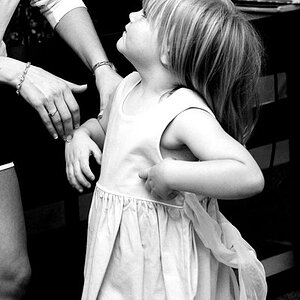ronlane
What's next?
- Joined
- Aug 3, 2012
- Messages
- 10,224
- Reaction score
- 4,961
- Location
- Mustang Oklahoma
- Website
- www.lane-images.com
- Can others edit my Photos
- Photos OK to edit
@jcdeboever, since it was just one monolight, then I can pretty much tell you that the one speed light that I use would have had harsher light. While I will admit to being better with bouncing the light out of an umbrella, which is how this was done, I still don't want to go back to a speed light if I don't have to. That was the very first shot with the strobe and to me was a huge improvement over most of my other portraits.


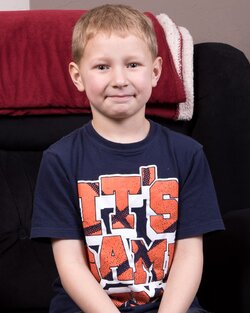
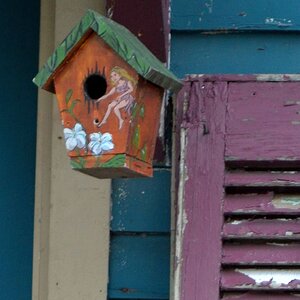
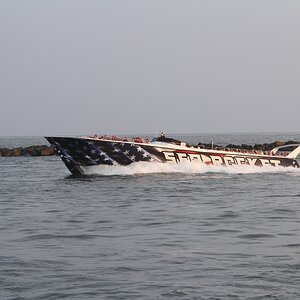
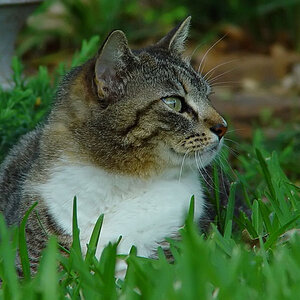
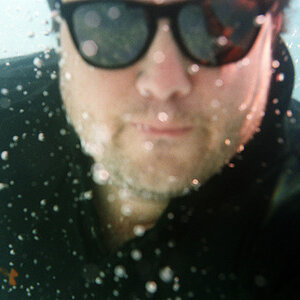
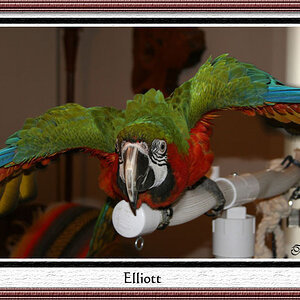
![[No title]](/data/xfmg/thumbnail/32/32930-09414fc020c2a60a456ff59a05c5ef8f.jpg?1619735759)
